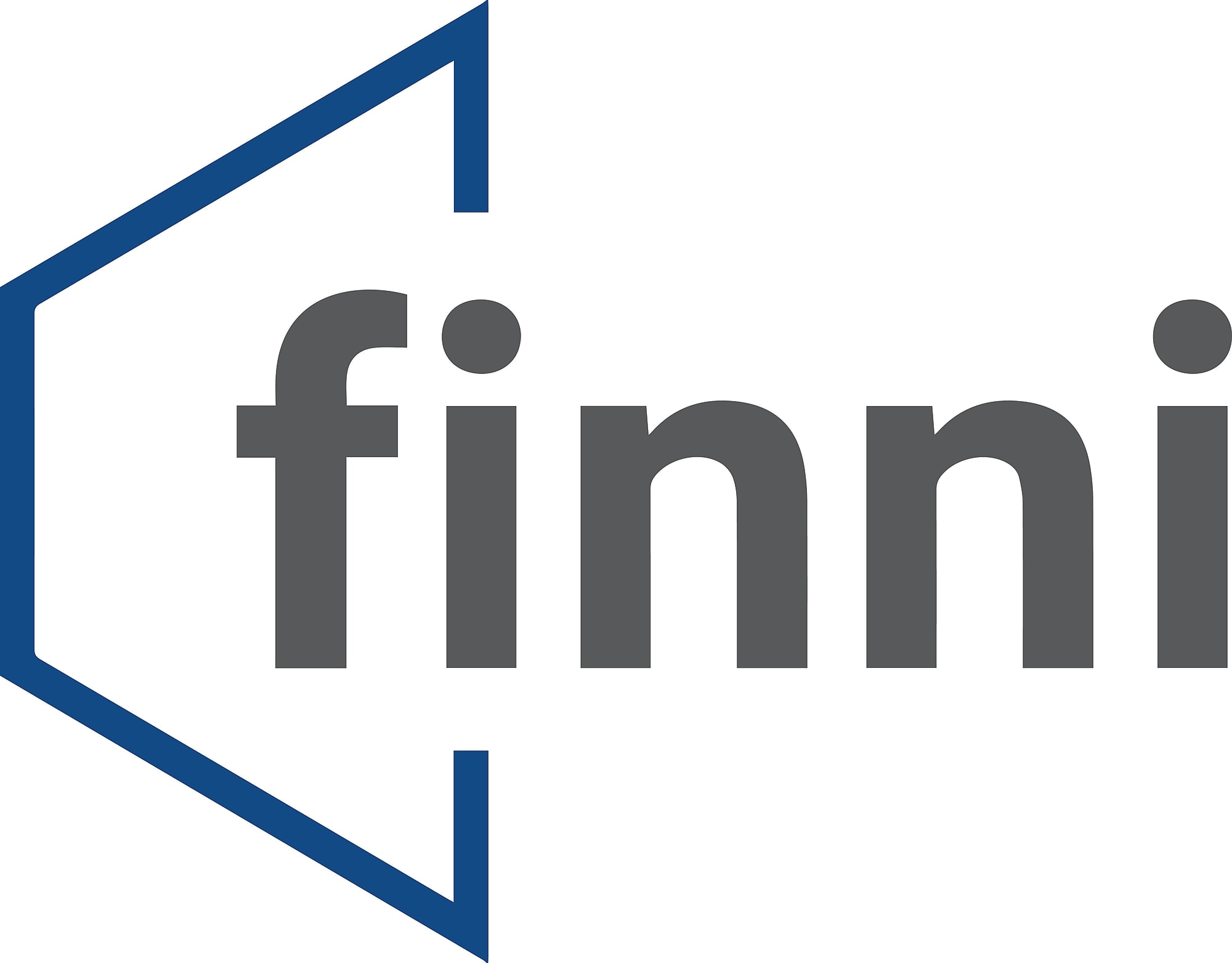Total residential real estate value nears $11tn: CoreLogic
Dwelling values are currently at a record high in Sydney, Brisbane, Adelaide and Perth, according to new data.

CoreLogic’s Monthly Housing Chart Pack for August 2024 has revealed that Australia’s 11.2 million dwellings are worth a total of $10.9 trillion.
Borrowers have $2.3 trillion in outstanding mortgage debt, while 56.2 per cent of their household wealth is held in housing.
The annual pace of growth in dwelling values slowed for the sixth consecutive month, with values up 7.6 per cent over the year to July, which is down from a recent peak of 9.7 per cent over the year to February 2024.
Values rose by 1.7 per cent over the last three months, representing an easing of the rolling quarterly growth rate from the cyclical high recorded through the June quarter last year when values were up 3.3 per cent.
Across the capital cities, values were up 1.8 per cent over the three months ending July, but the growth rate has also slowed compared to three months ago (2 per cent). Furthermore, it has more than halved from the peak of the growth cycle in the June quarter (3.9 per cent).
Perth recorded the highest growth rate during this period at 6.2 per cent, followed by Adelaide (5 per cent) and Brisbane (3.8 per cent).
Similarly, Perth’s annual growth rate of 24.7 per cent was the highest among the capital cities, followed by Brisbane (16 per cent) and Adelaide (15.5 per cent).
Sydney’s dwelling values are currently at a record high, according to CoreLogic, which rose by 0.3 per cent in July, 1.1 per cent over the quarter, and 5.6 per cent over the past year.
On the other hand, Melbourne’s dwelling values are now 4.4 per cent below the record high, which was in March 2022.
Dwelling values declined by 0.4 per cent in July and 0.9 per cent over the quarter, but rose by a modest 0.2 per cent over the past year.
In the other capital cities, dwelling values are now 12.5 per cent below the record high set in March 2022 in Hobart, 5.2 per cent below the record high in May 2014 in Darwin, and 5.8 per cent below the record high in May 2022 in Canberra.
Annual transaction volumes have eased from their peak, with CoreLogic estimating that there were 511,211 sales in the 12 months to July, down from 513,014 over the year to June.
However, while they have eased month-on-month, annual sales activity has remained 9.3 per cent higher than this time last year and is 5.1 per cent above the previous five-year average.
Meanwhile, the national median time on market rose from a recent low of 27 days over the three months to April to 33 days over the three months to July.
This increase is attributed to markets like Sydney, Melbourne and Hobart, where properties are now taking longer to sell compared to this time last year.
Median time on market was 34 days in Sydney in July 2024 compared to 29 days in July 2023, 39 days in Melbourne in July 2024 compared to 28 days last year, and almost 55 days in Hobart compared to 37 days last year.
On the other hand, Perth recorded selling times of only 10 days compared to 13 days last year, while the median time on market also shrank in Adelaide from 33 to 28 days.
The Australian rental market has experienced its slowest growth in four years, with national rents increasing by only 1 per cent during July.
The pace of growth varies across the country, with rents rising by 0.6 per cent in Adelaide and 0.3 per cent in Melbourne and Perth, while remaining flat in Darwin and Canberra, and declining in Sydney and Brisbane by 0.1 per cent and Hobart by 0.3 per cent.
CoreLogic Australia economist Kaytlin Ezzy said the sluggish monthly growth trends were in contrast to the 39.7 per cent surge in rents recorded over the past five years.
Ms Ezzy said the slowdown was a positive sign for renters, who have faced a significant increase in median weekly rental payments – up by approximately $180 over the past five years.
“July’s small rise in national rents signals a broader cooling trend across the country and will provide some renters a much-needed respite after years of high demand and steep increases,” she said.
At an annual level, CoreLogic’s Rental Value Index recorded the smallest 12-month change in three years, with national rents up 7.8 per cent in the year to July, down from a recent peak of 8.6 per cent.
The property research house said the slowdown was primarily driven by lower growth rates in the capitals, from 9.7 per cent in February to 8 per cent in July, while regional areas had seen growth accelerate from 5.4 per cent to 7.1 per cent over the same period.
Perth recorded the strongest rental growth, with annual rents increasing by 12.7 per cent followed by regional Western Australia at 10.6 per cent.
If you’re looking to refinance for a better rate or the right rate for your clients at zero cost, contact Finni Mortgages’ experts and let us do the hard work for you.
Visit our website here or call 1300 002 023 to learn how we can help you!

